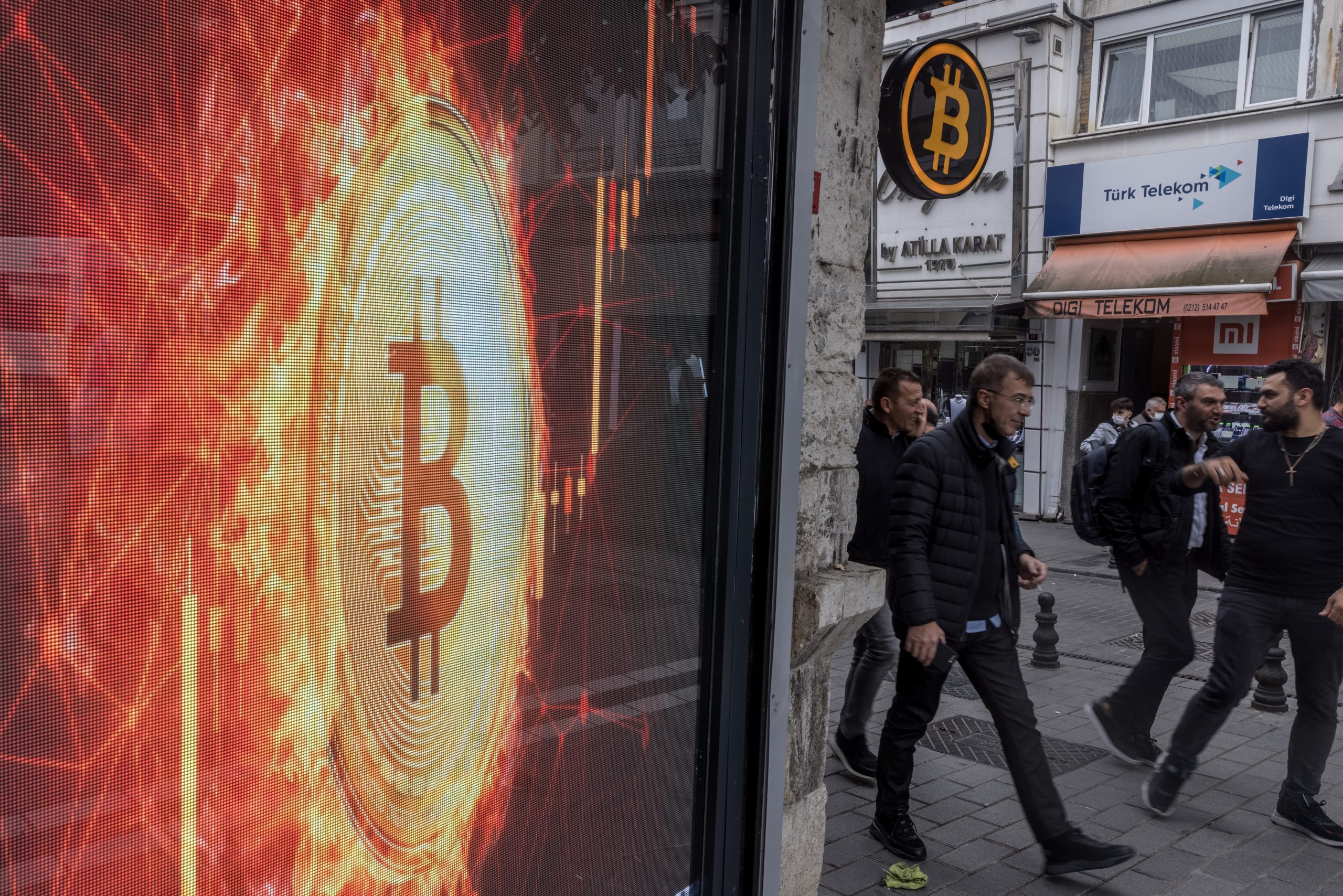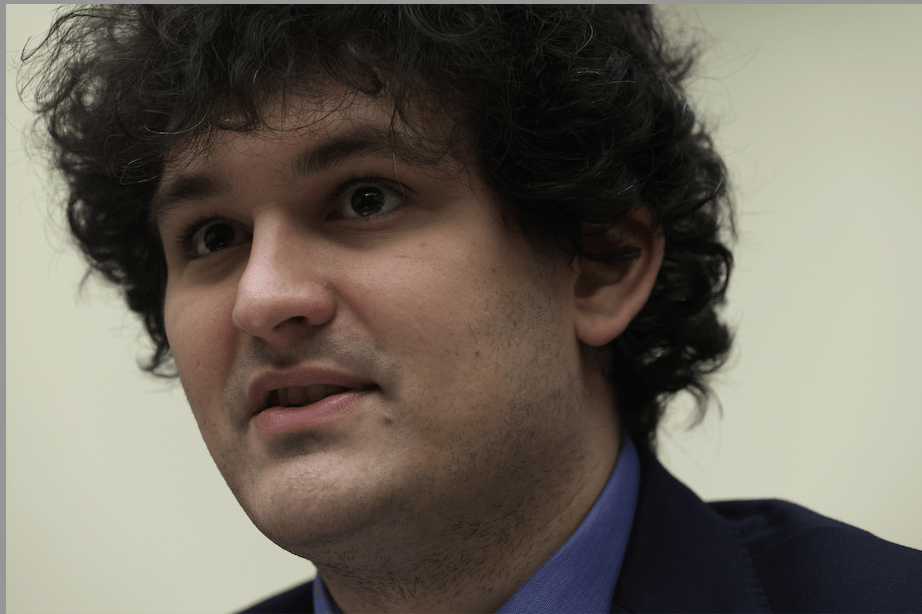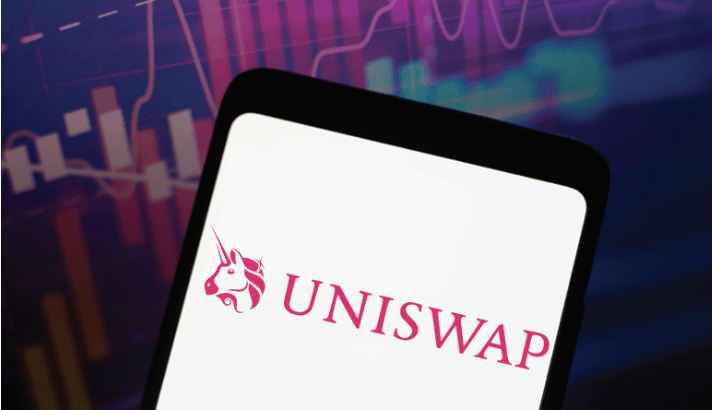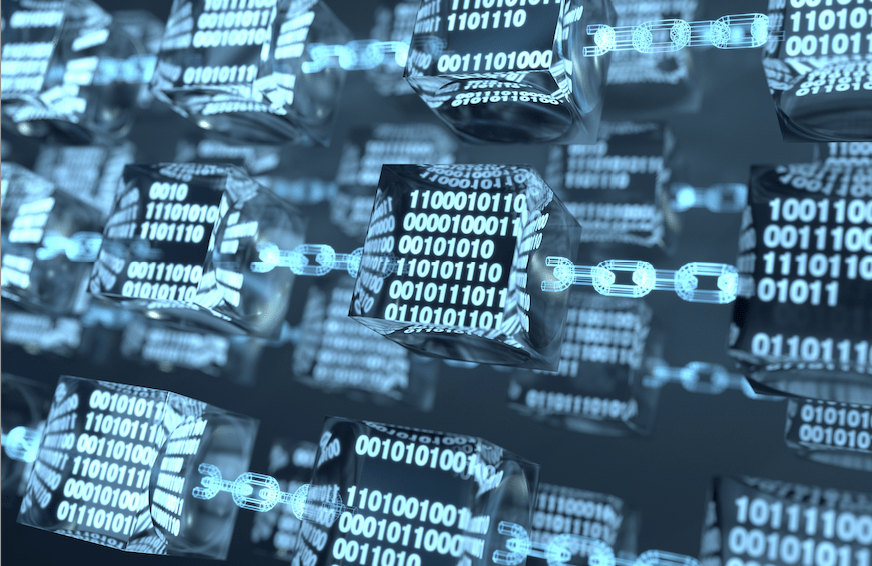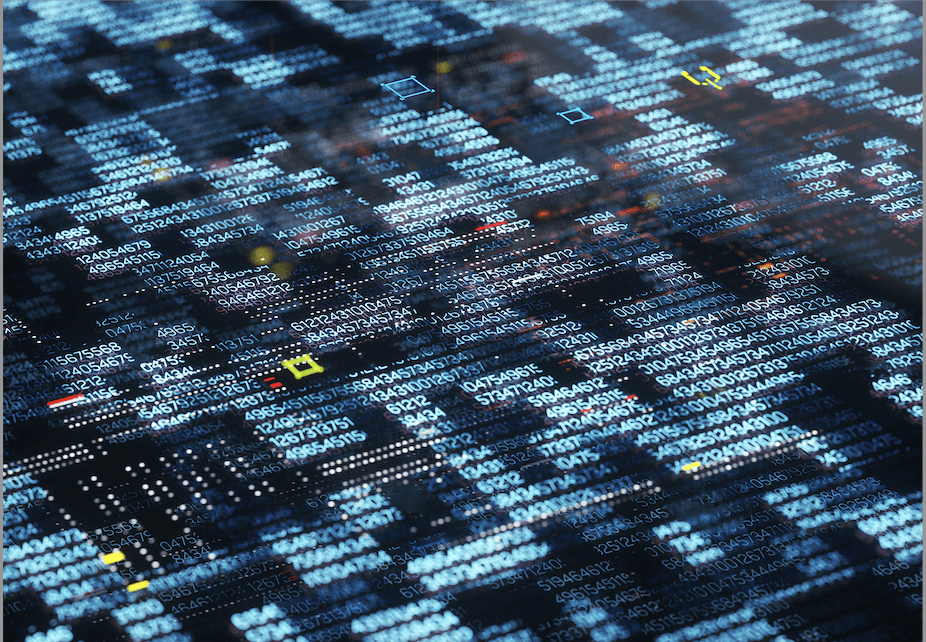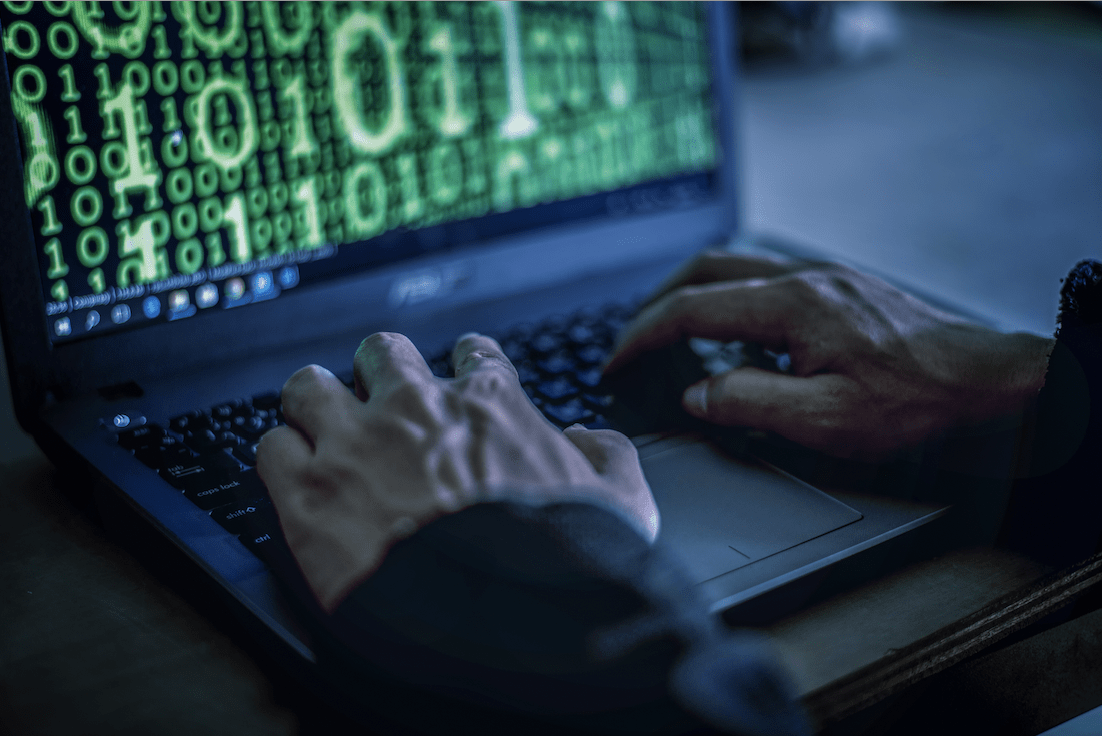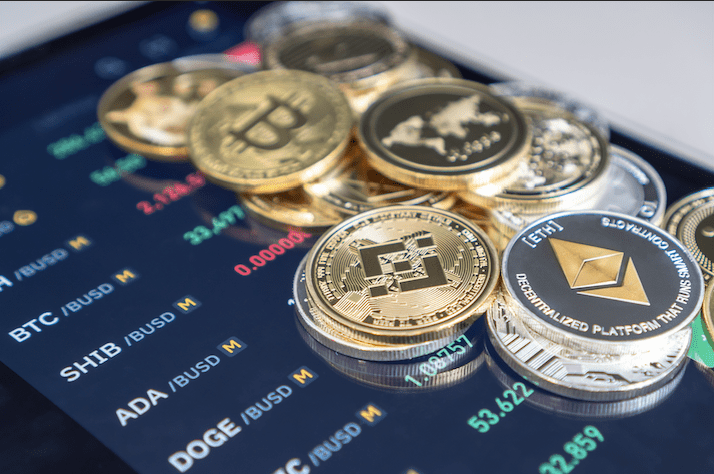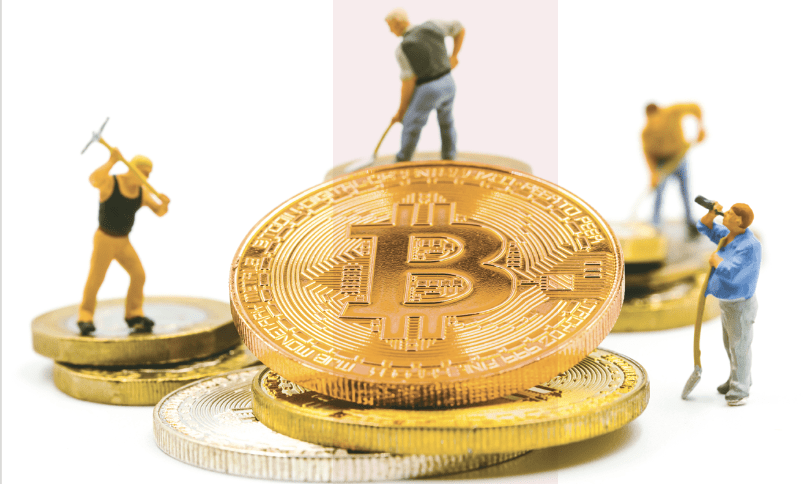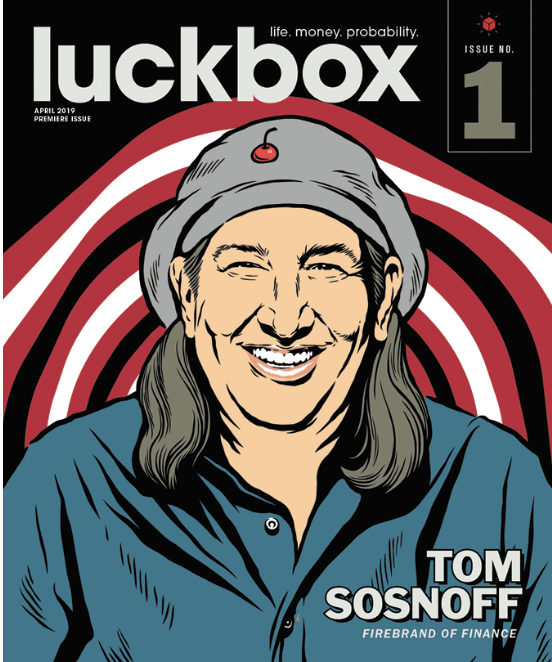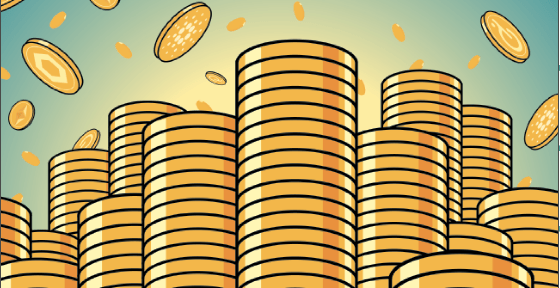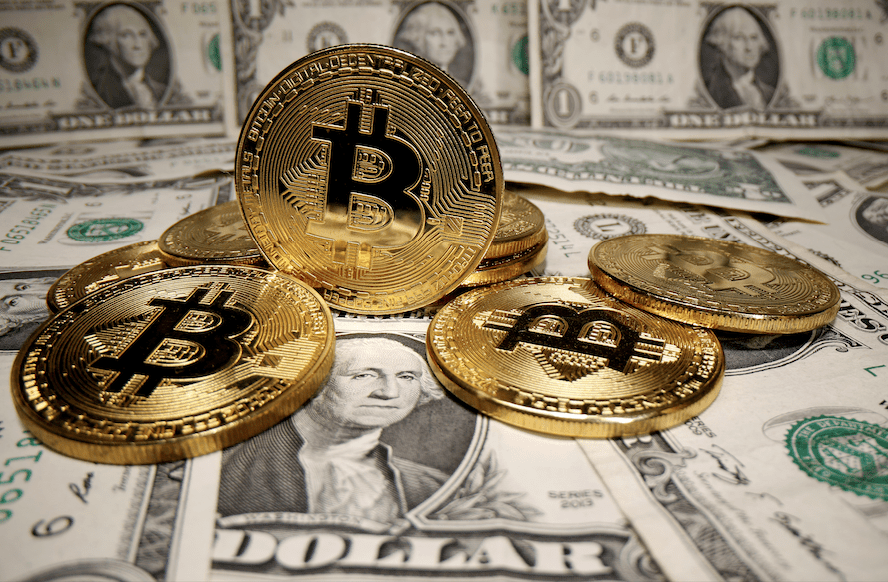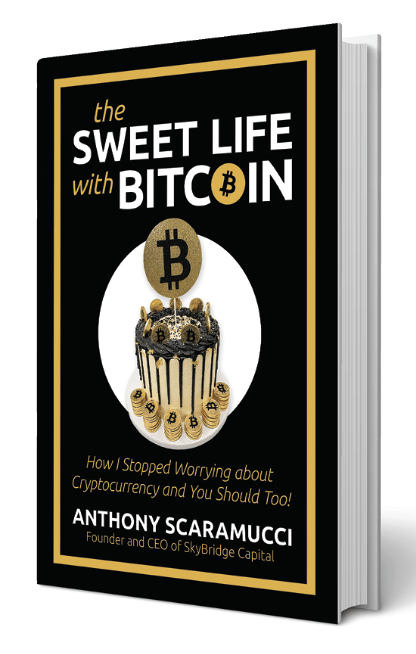Minting Digital Ink
NFTs are enabling artists to sell their physical creations online, providing more avenues for collectors, buyers and sellers
The past year saw a rise in the sale of art in the form of non-fungible tokens, or NFTs. From $69 million pieces of art to 1% stakes in recorded music rights, NFTs are becoming a new go-to for buying, owning and selling art once obtainable only physically. Now, even tattoos are finding a place in the NFT marketplace.
To refresh the minds of anyone who’s forgotten, as well as those who’ve never known, NFTs are digital signatures of authenticity that people buy, sell or trade. They’re created through blockchains—the same technology that backs cryptocurrency.
It’s a difficult concept to wrap one’s head around, though, in terms of tattoo art: How can something that lives and dies on a person’s skin take the form of an NFT that exists only online?
Until the recent introduction of NFTs in the tattoo industry, tattoos were the only art with no resale value. Tattoo artists are often paid for their time instead of for their work.

But marketplaces like All Our Best, which features six tattoo artists, enable customers to buy the rights to a tattoo design. It gives tattoos status as a collectible that carries an emotional attachment.
Through the marketplace, artists display their unique styles, and their followers can keep up with what they’re selling as NFTs. People can buy the tattoo design as an NFT and wear it as a tattoo applied by the designer. Or, they can keep the NFT as a collectible and pass it down through the generations to an heir who receives it as a tattoo at some later date. That option introduces a physical aspect to the digital artwork.
Some artists keep it strictly online, though, such as Portland, Oregon-based tattooist Brad Wooten. He’s selling digital photographs of tattoo designs in the form of NFTs on his website. His NFTs are digital art with an authentic signature attached.
In February, Wooten learned of the NFT craze and immediately felt compelled to be one of the first tattoo artists to use the new medium.
“I’m interested in the format … I mean, an NFT can really be anything,” Wooten told Luckbox. “I was trying to find my own way into it, and I’m interested in doing exclusively NFT artwork.”
Working in an industry that banks on physical application, Wooten found himself trying to throw together a way to relate tattoos to NFTs and began applying to different platforms for distribution. But the process is intense and long, so he turned to free platforms, such as Rarible, where it’s as easy as having a browser wallet and high-resolution photo ready to upload.
So far, Wooten has created four NFTs, selling two within 24 hours for $50 each. He began with tattoos he had done on clients and “creatively manipulated them into something more exotic that you can’t really post on a tattoo portfolio,” he said.
Incorporating NFTs into a portfolio brings in more royalties and helps artists reach multiple platforms, Wooten said. But for him, it’s not about getting rich from a manipulated photo. It’s about creating high-quality art and reaching clients who dwell in the crypto world.
“I guess there’s something that just feels authentic—everyone believes in money,” Wooten said of transforming tattoos into NFTs.
NFTs interest artists because they can use the medium just about any way they please. Wooten, for example, sets the price of his NFTs at whatever amount accounts for the cost it takes to mint the creation. If a buyer resells one of his designs, he receives a 12% royalty—repeatedly if it continues to sell.
As with any artist riding the NFT wave, Wooten wonders about copyright for NFTs because his creations are photographs of tattoos he inked on people’s skin. To mitigate risk, he first offers the NFTs to the clients he tattooed before making them available to anyone else. But for the two that sold so far, the buyers were unknown.
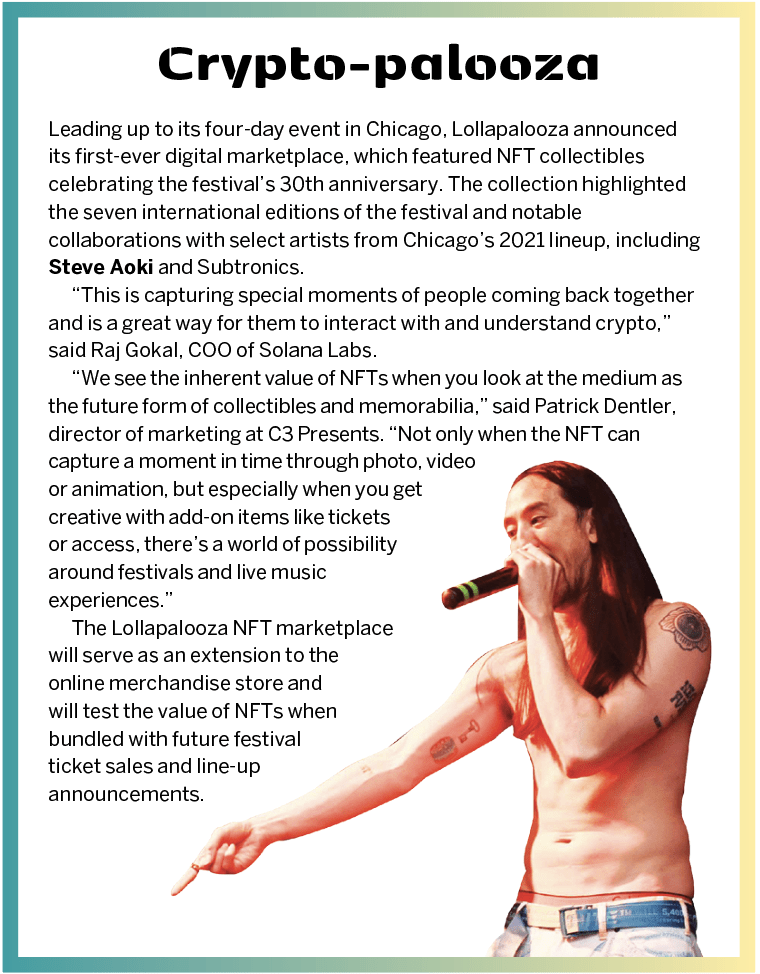
Wooten differs from the artists connected to All Our Best because he’s not selling flash tattoos or designs, and he’s not offering to tattoo on the NFT buyer.
“When I design something, I design over a photo of the [client] and fit it onto their body and do all kinds of extra steps once they get there to really tighten and tailor it to their body,” Wooten said. “So, I imagined my NFTs going the other way, basically just sort of taking something and exploring the process of the whole design, probably with some time-lapse video and some of the original data overlaid.”
Wooten recommends that other artists use NFTs only if they’re interested in bitcoin and other cryptocurrencies. He’s learning more about them every day because of his faith in NFTs.
He has plenty of finished artwork to turn into NFTs and plans to move slowly so he can perfect his approach. “I haven’t had NFTs on my mind when I’m doing video production, but now that I do, it opens up so many possibilities,” he said. “It’s such a new medium, you can literally do anything you want. There are no rules.”
Fun Notes:
- Artists mint NFTs by turning them into a part of the ethereum blockchain as a public ledger.
- Typically on display on the walls of a tattoo shop or arrayed in binders filled with images, flash tattoosare pre-made designs looked to as options or inspiration for clients.
